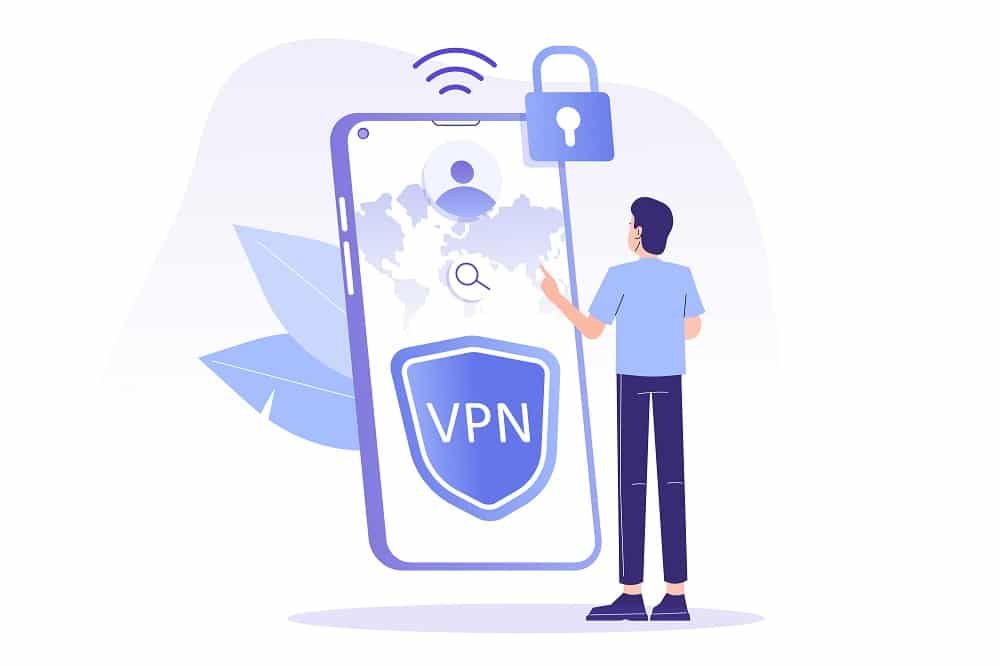
How to manually configure a VPN under Windows ?
How to protect your personal data and guarantee the confidentiality of your online exchanges ? Thanks to the implementation of’a VPN, especially when’computer, tablet or even phone running under Windows. And rather than going through a traditional VPN provider, here’s how to set up a VPN yourself that allows for good browsing speed on Windows.
How to choose a reliable VPN ?
The choice of a VPN starts with a simple rule: avoid free VPNs that are generally slow and siphon your data. The most reliable and fastest Windows VPN should be able to provide a wide selection of server locations. In addition, it must meet the following conditions:
- Privacy : it should not keep logs of the user’s Internet activities.
- IP address sharing: For more privacy, some VPNs allow the same IP address to be shared between multiple users.
- Security: it must allow end-to-end data encryption.
- Reliability: the company offering the VPN must be known.
- Compatibility with various operating systems: Not all VPN providers offer an application that can cover every type of device and platform. So be careful with your choice.
- Simultaneity of connections : a good VPN is shared on several devices.
- Bandwidth allocation: it must have enough bandwidth.
- Reliability and accountability: A VPN must come from a trusted provider.
- Free Trial. A VPN should allow a free trial, so that the user can make up his own mind.
Once the VPN has been chosen, it can be downloaded and installed.
What about the configuration ?
Before the configuration phase, and during the installation, the antivirus might report a problem. No’concern. Pause it for a while’install your VPN.
But no’Don’t forget to turn it back on once the manipulation is done.
Once the VPN is installed and the session is opened, the choice of a server is made’requires. Many VPNs offer a default server, the one most likely to offer optimal speed with minimal service interruptions. Others allow you to change your location, although this may involve less smooth browsing.
It is then important to set up your VPN on the following functions emergency shutdown and VPN protocol.
Finally, the configuration can be done manually on the different Windows.

How to configure a VPN manually ?
For those who prefer to do it themselves, it is possible to Create, buy, and access a VPN server. If you are a member of the IT team’Make sure that your company’s IT team and your manager validate your implementation of VPN’A VPN for the company, you will be able to’configure one with a standard cloud computing service. However, it is better to use the manual configuration of the VPN’a VPN for a private setting.
Once the server details are known, the manual configuration can start. It can be done in a secure and efficient way. Attention ! By manually configuring a VPN, it is possible to lose the key security features that VPN services offer, including :
- Global coverage: a server will be available, and it will be impossible to switch from one location to another to find better speeds.
- Shared IP addresses: many VPNs allow multiple users to share the same IP address to make it harder for third parties to identify and track them. Being the only user of the VPN, there is a high chance of losing this functionality.
- OpenVPN support: Windows does not offer native support for OpenVPN. For any assistance, either download and install the OpenVPN client or use a commercial VPN’s app.
If, despite all this, you still want to proceed, here’s how:
How to set up a VPN on Windows 10 ?
- Open the Windows menu by clicking on theWindows icon, and type ” VPN “. Or with Microsoft’s digital assistant Cortana, type “VPN” directly into the search bar, and click VPN settings.
- Click on Add a VPN connection in the menu.
- Enter server details. In the field VPN provider, select Windows. Then choose a connection protocol (in the Type of virtual private network) and an authentication method (in the Connection Information Type). Then specify all the necessary information. Some protocols may require additional software or security certificates to be downloaded and installed. Click on Register At the end of the transaction.
- In the status bar, click on the icon Wi-Fi or Network and connect to the new VPN.
Your VPN is configured on Windows 10.
How to set up a VPN in Windows 8 and Windows 7 ?
Setting up a VPN on Windows 7 is similar to setting up a VPN on Windows 8. In this example, it is explained How to set up a VPN in Windows 7.